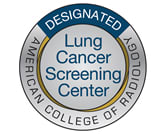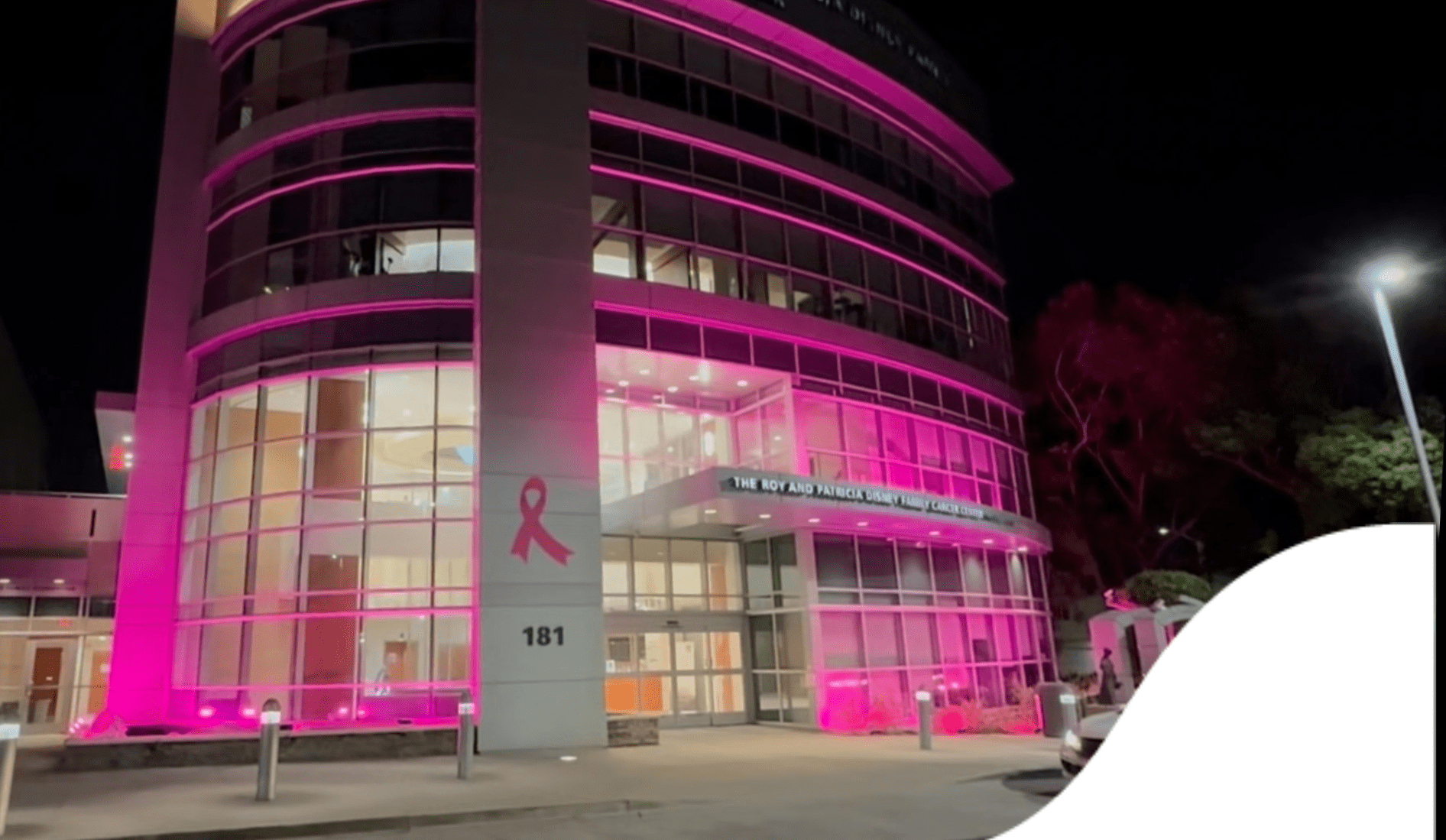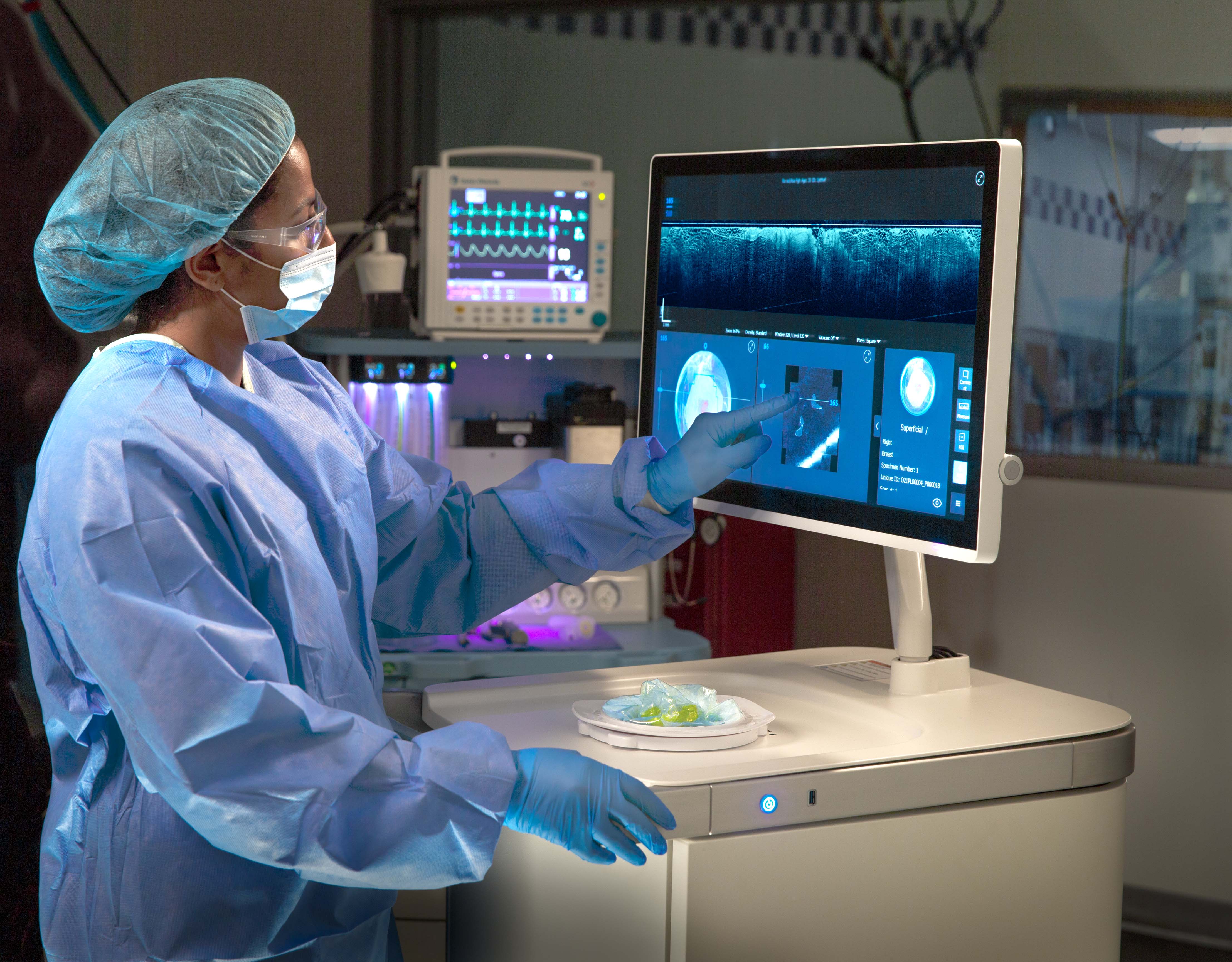Supplying Food Security in Rural Stevens County
Health care services are just part of what contributes to our overall health. In fact, experts say only about 20 percent of a community’s welfare can be attributed to access to quality health care resources.
In order to improve the health of our population, we also have to address health behaviors, the physical environment and socioeconomic factors in a strategic way. To positively influence these many factors of a community’s health, Providence Health Care works with a wide variety of partners.
Such a collaborative was formed in 2011 when Providence Health Care in Stevens County was asked to lead an initiative to address hunger.
In the tri-county area there are about 15,000 people who lack reliable access to affordable, nutritious food.
In early discussions with other community groups, it was discovered that the problem went beyond hunger. Not having healthy food was putting people at risk for obesity, diabetes and other health problems.
The Providence NEW Hunger Coalition was born to address hunger in northeastern Washington. It brings together about 25 partners, including several food banks, Washington State University Extension, Rural Resources Community Action and Northeast Tri County Health District.
One solution was bringing fresh fruits and vegetables to people who needed them. But an obstacle was that food banks can’t receive fresh produce unless they have refrigeration.
The Hunger Coalition trained food bank staff on grant writing to help them procure funds they needed. And Providence fulfilled refrigeration applications for seven food banks in the first year. The Hunger Coalition also has contracted with local farms to get food and secured a donated refrigerated truck from Second Harvest for transport.
“The greatest success for the Hunger Coalition is the relationships we’ve built with community partners for the delivery of food to the food banks,” says Ron Rehn, chief administrative officer for Providence Stevens County. “The Hunger Coalition doesn’t itself feed people. We have developed a network so that people have easier access to healthy food.”




